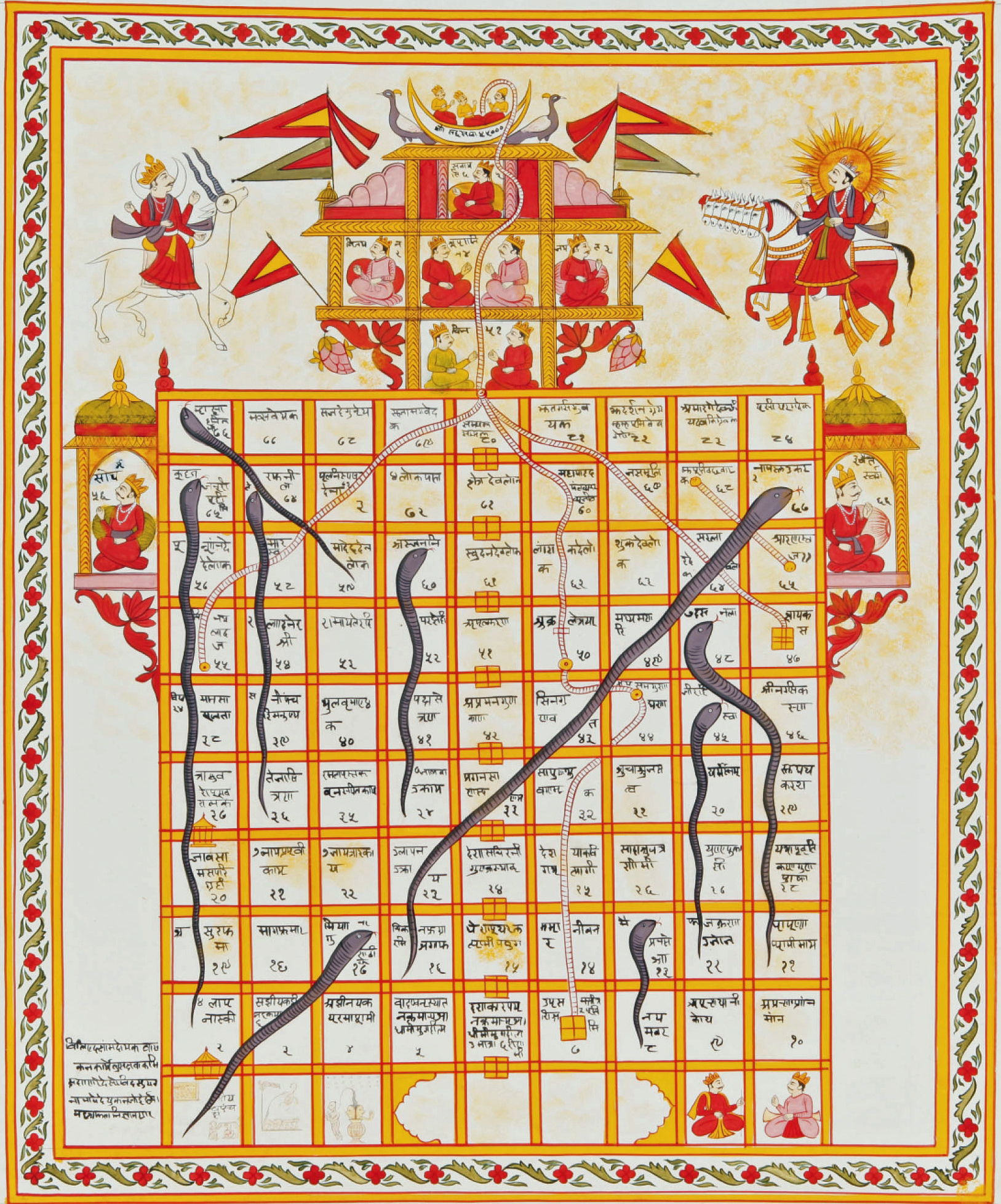Is living to a “hundred years” a life well-lived? I agree that it is a magnificent number, the first in our numerical order to find its place in the hundredth column. It used to be the very best score on a test, now overshadowed by extra credit and AP classes. A hundred percent pulse ox on room air, now known by people around the world, assures us we are safe from immediately dying from the frightful effects of COVID. Whether a life is cut short by a devastating illness like COVID or one lives to be a hundred, flourishing in the years availed to us is fundamental. In Abraham Lincoln’s words, “It’s not the years in your life that count; it’s the life in your years.”
While there are no guarantees, there are measures that we can take to foster healthy aging. Dan Buettner studied centenarians and published his findings in The Blue Zones. I was fortunate to see him speak in Sun Valley, Idaho several years ago, the audience filled with many octogenarians, nonagenarians, and a few centenarians. They were able-bodied, engaged, and many joined the ranks of younger folks headed to skate ski or downhill ski Baldy the next morning. They clearly had already figured out the answer to this Blue Zone question.
Buettner studied the regions of Sardinia (Italy), Loma Linda (CA), Okinawa (Japan), Nicola (Costa Rica), and Ikaria (Greece). His study not only looked at lifespan but also the equivalent of health-span, living old, well. Genes only account for 25% of how old you become, the rest is about lifestyle. There are obvious habits like not smoking and exercise that contribute to lifespan.
But exercise in the Blue Zones does not come in the form of a gym membership. The centenarians move constantly, promoted by living in their given environment. They drink more water and have a small amount of red wine on most days, eat mostly a vegetarian diet, low in calories, with either breakfast or lunch the main meal of the day. The Japanese embrace the concept of Hara hachi bu, a phrase that means “eat until you are 80% full.”
In the Blue Zones, there is a culture of living life with purpose, continuing some form of work, making family the center of one’s life, living multi-generationally, and having a positive outlook, avoiding fighting and stressing about small things. It is understood that stress contributes to disease through chronic inflammation, and it is mitigated by mindful activities, intentional time carved out for gratitude, prayer, napping, and celebration. If we live within a positive social network that promotes this mindset, we will live longer. Each lesson of the Blue Zone takes you up a metaphorical ladder.
Unfortunately, living like those in the Blue Zones is not an attainable goal for the majority of people on this planet. For many, years are shaved off their life expectancy as early as childhood. ACEs, or adverse childhood experiences, place individuals at risk for premature mortality. People with six or more ACEs die nearly twenty years earlier on average compared to those without. The ACEs include abuse (emotional, physical, sexual), witnessing domestic violence, parental separation or divorce, growing up in a household where members were mentally ill, substance abusers, or in prison. We could confidently add to this list poor access to clean water, adequate sanitation, healthy food sources, adequate housing, and education. Sociopolitical factors such as racism still dominate the landscape.
For many, so much is beyond their personal control from the earliest years. For the majority, the immediacy of today hijacks our ability to see the consequences of our current choices. We do have the agency to rewrite our own stories and help others rewrite theirs. We can start with self-reflection and gratitude, and make ourselves a promise to do a little better every day. And maybe, instead of rolling the dice, learn to roll with the punches.
I’m almost 56, a few years shy of retirement. I feel very blessed, with no major chronic illnesses. Gray hairs, joint, and muscle aches, and skin damage are a gentle reminder that my DNA is being irreversibly damaged. I fantasize that I will make it one hundred, the cool great-grandmother, my hands still capable of kneading bread, my legs able to climb stairs. I hope we have made progress on the “right to die with dignity” if my body is broken before this time.
References:
Snakes and ladders. en.wikipedia.org
The Blue Zones, Dan Buettner, National Geographic; 2nd edition, 2012
All ACMS member contributions are solely the opinion of the author and do not necessarily represent the views of Ada County Medical Society, its Board of Directors, its staff, or the membership.
 by Amy Baruch, MD, Emergency Medicine of Idaho
by Amy Baruch, MD, Emergency Medicine of Idaho


